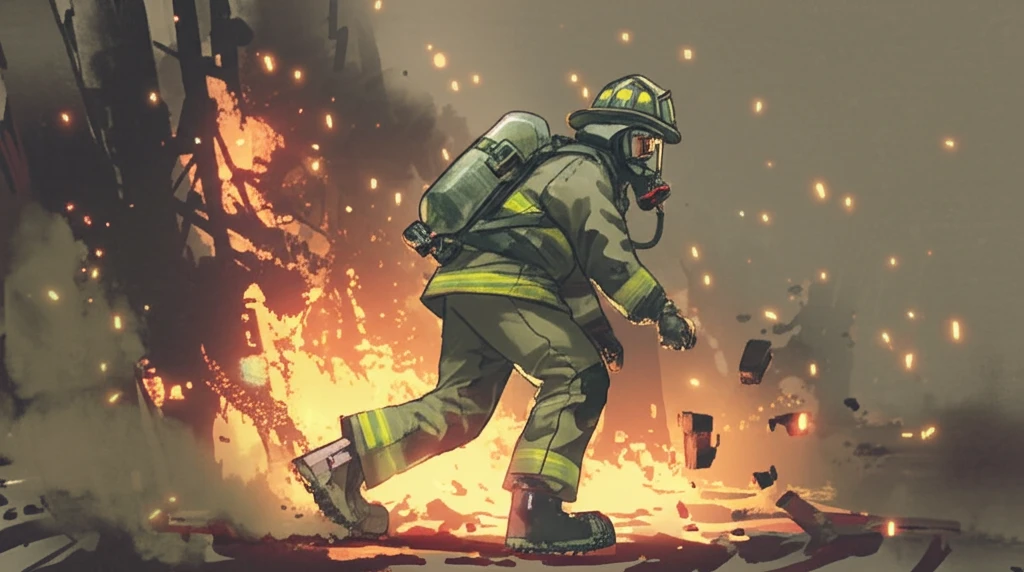
Are Your Firefighter Boots and Gear Compromising Your Mobility? What Every Firefighter Needs to Know
"A groundbreaking study reveals how ill-fitting boots and SCBA cylinders can significantly hinder firefighters' movement, impacting safety and performance."
Firefighters face incredibly challenging conditions, navigating confined spaces and hazardous environments. Their personal protective equipment (PPE) is essential for safety, but it can also restrict movement, leading to fatigue and injuries. It is a very delicate balancing act, safety equipment can lead to injury itself.
A recent study highlighted a significant correlation between the size of firefighter boots and self-contained breathing apparatus (SCBA) cylinders and their impact on mobility. The research reveals that standard-sized gear may not adequately fit all firefighters, potentially compromising their agility and increasing the risk of musculoskeletal injuries. Think about it, are boots hindering your movements? It might be the wrong size.
This article will examine the study's findings, explore the implications for firefighter safety, and discuss potential solutions for improving gear design to enhance mobility and performance. The aim is to provide insights that can help firefighters, departments, and manufacturers make informed decisions about PPE.
How Standard Gear Can Hinder Firefighter Movement

The study, involving biomechanical tests with 21 firefighters, found a direct link between boot height and lower body mobility. The fixed boot height mandated by the National Fire Protection Association (NFPA) 1971 standard can decrease the range of motion during essential job-related tasks. Basically, shorter firefighters had mobility issues because the boot height isn't made for everyone.
- Reduced Lower Body Mobility: Shorter firefighters have less flexibility due to the boot height.
- Mechanical Binding: Too many layers of pants get stuck inside the boot, restricting movement.
- Increased Risk of Injury: Limited mobility can lead to slips, trips, and falls on the fireground.
Towards Improved Firefighter Safety
The study underscores the urgent need for better-designed firefighter gear that considers the diverse body types of firefighters. By addressing these limitations, its possible to reduce the risk of injuries, improve performance, and promote the overall well-being of these brave men and women. The recommendations are as follows:
